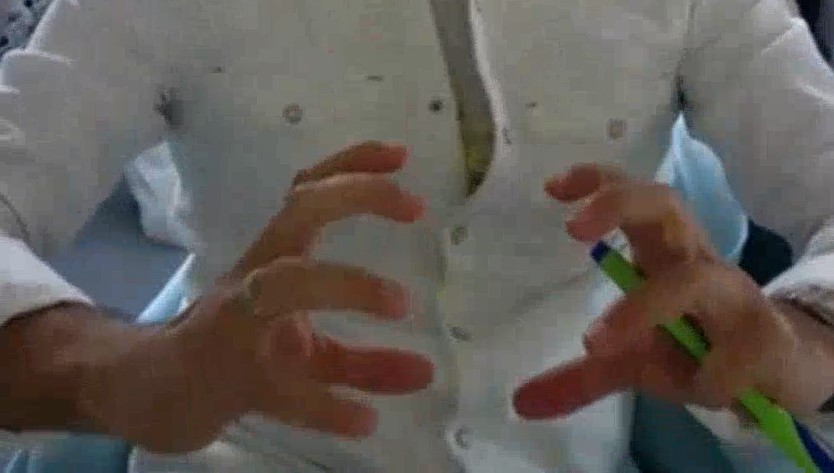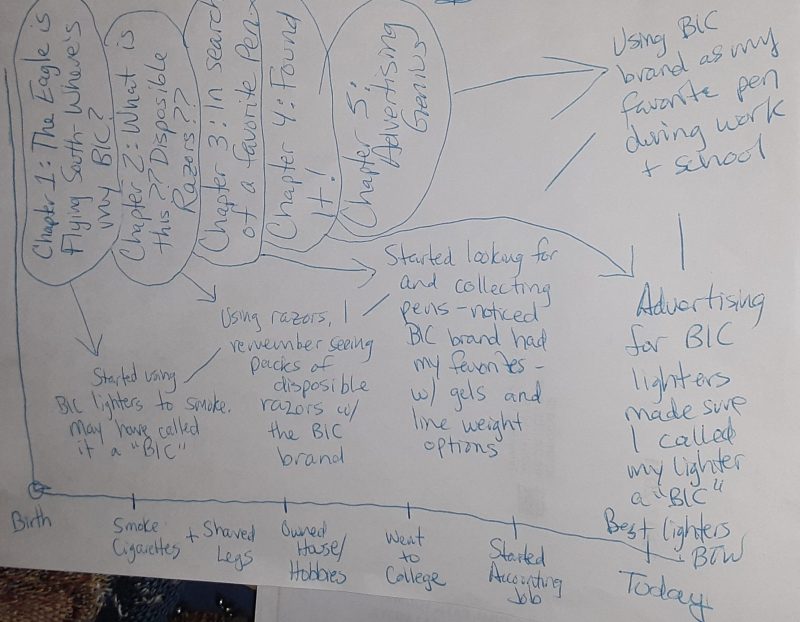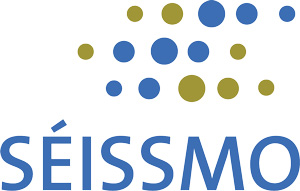Exploratory Research:
The cognitive
The cognitive
interview in CX,
BX, UX
Cognitive interviewing is a face-to-face interview method in which the
participant is asked to recount a specific event from memory in great detail,
in an open and non-invasive manner, i.e. without being asked any questions.
It is inspired by forensic methods of interviewing witnesses.
This technique was developed by forensic psychologists and used in the legal field by security services and in forensic investigations to enable witnesses at crime scenes to recall and reconstruct their memories as accurately as possible.
Applied to market research, it is an ideal tool for reconstructing customer, user and shopper experiences with precision and detail.
When is the cognitive interviewing appropriate?

- To recount a specific event, e.g. the use of the product tested during the study: "Tell me in detail how you used this hair colouring/shampoo, etc.".
- To explore usage and attitudes. Instead of asking consumers how they 'normally/generally' behave in a given situation (“What do you normally have for breakfast?”), we ask them to describe how they behaved the last time: “Tell me about the last time you had breakfast/went shopping in a supermarket/have eaten a burger in a fast food chain, etc.”
Objectives of the cognitive interview
- Gather as much information as possible from the interviewees about their experiences, perceptions, etc. as part of an exploratory approach: we also allow unexpected topics to emerge.
- Elicit topics that are important to the respondent: if they bring up topics on their own, it is because they are important to them.
The advantages of the cognitive interview


- Very good access to memory (as demonstrated by Tulving, 1973): the technique offers a surprising richness and accuracy of detail.
- Reduced bias: the presence of an interviewer inevitably biases a situation. The method allows the story to be told in rich detail in a real situation, without bias.
- Avoiding the script effect: The question "How do you normally do this?" leads consumers to generalise and smooth out their description. This takes us further away from reality and we learn nothing new because we miss out on a multitude of anecdotes and very important details that could provide insights.
- To get these 'real' anecdotes and moments of truth, you need to recount a specific event: 'that day, that time, the last time', not 'in general'.
- The technique also limits the influence of social desirability: participants will be less likely to try to conform to what they think the interviewer expects of them.
Read more on Exploratory Research
Social listening,
social media monitoring
Learn More
»
Behaviour observation, online diaries, online consumer and user communities, online bulletin boards
Learn More
»
Related articles
« I love the peace of mind I have when I commission Séissmo. »
Client's voice
The other 3 pillars of our research expertise
Brand & Strategy Research
WE STRETCH BRANDS WITHOUT LOSING ELASTICITY
- Advertising impact
- Product re-launches (360° marketing checks)
- Packaging
- Prices & promotion
- Marketing mix coherence, portfolio
alignment
Learn More
»
Shopper Research
We look at every angle
- Shopping experience (online and offline)
- Optimal layout, co-creation with Do-It-YourShelf
- Shopping mood, shopping mission
- Loyalty drivers
Learn More
»
Product & Packaging Test
We find the addiction factor
- Opportunities for adopting new concepts and ideas (both products and services); addiction factor
- New formulas, flavours, fragrances, textures, colours, shapes, dosage forms, handling, devices, packaging materials, service components, names, claims, etc.
- Customer & user experience
Learn More
»

For Free: Your 60 minutes of inspiration and surprises…
Call us now – we expect your challenge
+49 (0) 621 7621 23 0
